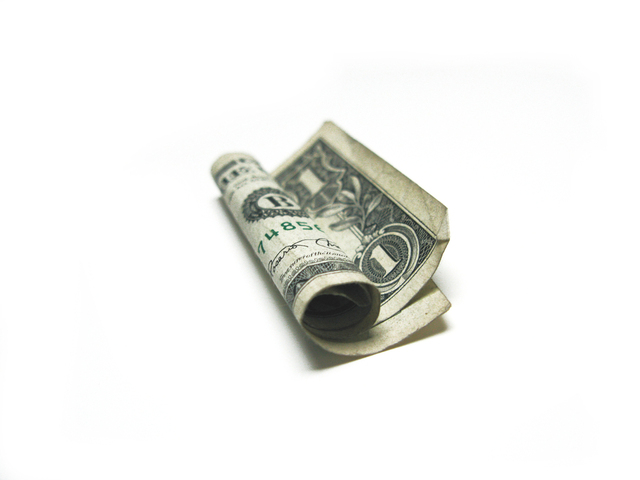Nonfarm payrolls for the month rose only 20,000, compared with a consensus forecast of 175,000, while the unemployment rate was in line with expectations at 3.8%. Average hourly earnings rose 0.4%, more than the expected 0.3%.
“Today’s huge miss will likely keep haven assets in favor as fears of an economic slowdown adds to the risk-off sentiment driving markets,” said Sam Cooper, vice president of market risk solutions at Silicon Valley Bank. “While participants appear to be focused on trade and politics, the disappointing data will be a concern for dollar bulls and could put the brakes on the momentum behind a strengthening dollar.”
The ICE U.S. Dollar Index DXY, -0.29% a measure of the currency against a basket of six major rivals, was last down 0.4% at 97.318.
Market participants are also watching for a speech by Federal Reserve President Jerome Powell at 10.15 p.m. Eastern at Stanford University in California.
The ailing dollar helped its major rival, the euro EURUSD, +0.4378% higher. On Thursday, the shared currency sold off to its lowest level since mid-2017 after the European Central Bank said it wouldn’t raise interest rates until the end of 2019 — extending this horizon from the summer — and introduced a new targeted longer-term refinancing operation, or TLTRO. The moves came as the ECB also downgraded its growth projections for the eurozone.
“The market reaction to the ECB decision was nothing short of astounding,” said Win Thin, global head of currency strategy at Brown Brothers Harriman. “As one would expect, the dovish hold by the ECB saw the euro weaken to multiyear lows. However, the outsized impact on global equity and FX markets were quite unexpected. Basically, investors made it clear that global growth concerns totally outweighed the easier liquidity story from the dovish ECB.”
On Friday, the euro bought $1.1243, compared with $1.1194 late Thursday in New York.
Elsewhere, U.K. Prime Minister Theresa May had a last chance at asking the European Union for a better Brexit deal, ahead of the presumably final vote in the British Parliament next week on March 12. But according to a Bloomberg report, the U.K. already rejected the latest EU offer, which proposed to apply the Irish border backstop to Northern Ireland only, rather than all of the U.K. The treatment of the border between Northern Ireland and the Republic of Ireland has long been a contentious aspect of the Brexit renegotiations.
The U.K. is set to leave the EU on March 29. So far, no deal governing the relationship between London and Brussels has been agreed. On Friday, May said that Britain might never leave the EU if Parliament didn’t support her deal. Last month, lawmakers agreed in a nonbinding vote to avoid a no-deal Brexit.
The British pound GBPUSD, -0.5350% drifted lower for much of the session, last buying $1.3016, versus $1.3007 late Thursday. Against the euroEURGBP, +1.0170% sterling was sharply lower, with one euro buying £0.8642, up 1.1%.
China reported February trade numbers during the Asian session, which came in far worse than the consensus. Exports dropped 20.7%, compared with a 4% slide expected, while imports fell by 5.2% rather than only 0.9%.
China’s yuan was trading in a tight range against the greenback, with one dollar buying 6.7216 yuan in Beijing USDCNY, +0.0968% up 0.1%, and 6.7310 yuan in the offshore market USDCNH, -0.0490% down 0.1%.
The Invesco DB US Dollar Index Bullish Fund (UUP) was trading at $25.98 per share on Friday afternoon, down $0.09 (-0.35%). Year-to-date, UUP has gained 8.11%, versus a 2.79% rise in the benchmark S&P 500 index during the same period.
UUP currently has an ETF Daily News SMART Grade of A (Strong Buy), and is ranked #1 of 17 ETFs in the Currency ETFs category.
This article is brought to you courtesy of MarketWatch.

